While specific design trends and preferences can vary, there are several general principles and "best-kept secrets" that hotel interior designers often consider to create inviting and memorable spaces. Here are some key aspects to consider:
Guest Experience Focus
Functional Spaces: Prioritize functionality to ensure that spaces are not just aesthetically pleasing but also practical for guests
Comfortable and Inviting: Create an atmosphere that makes guests feel comfortable and welcomed

Local Flavor and Culture
Incorporate Local Elements: Integrate elements of the local culture, history, and aesthetics to give the hotel a unique and authentic identity
Local Artwork: Display local artwork or collaborate with local artists to add a sense of place
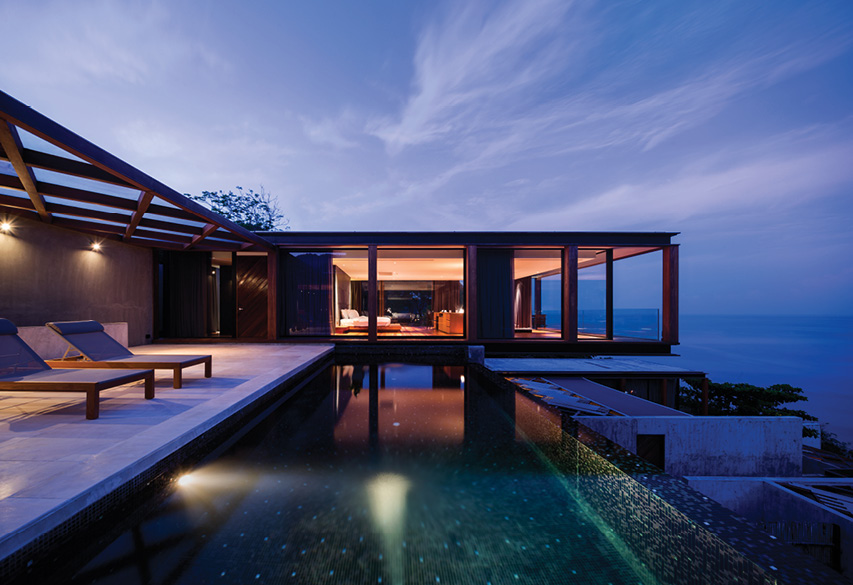
Lighting Design
Layered Lighting: Use a combination of ambient, task, and accent lighting to create a layered and versatile atmosphere
Natural Light: Maximize the use of natural light to create a bright and airy feel

Color Psychology
Neutral Base with Pops of Color: Start with neutral tones for a timeless base and add pops of color strategically to create interest
Cohesive Color Palette: Maintain a cohesive color palette throughout the hotel for a harmonious design
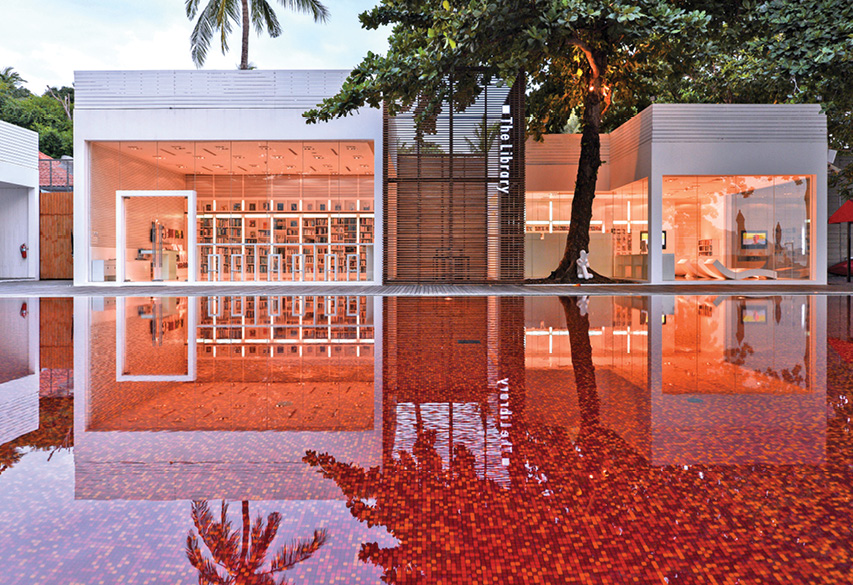
Texture and Materials
Mix of Textures: Combine different textures to add depth and interest to the design
Quality Materials: Use high-quality materials to convey a sense of luxury and durability
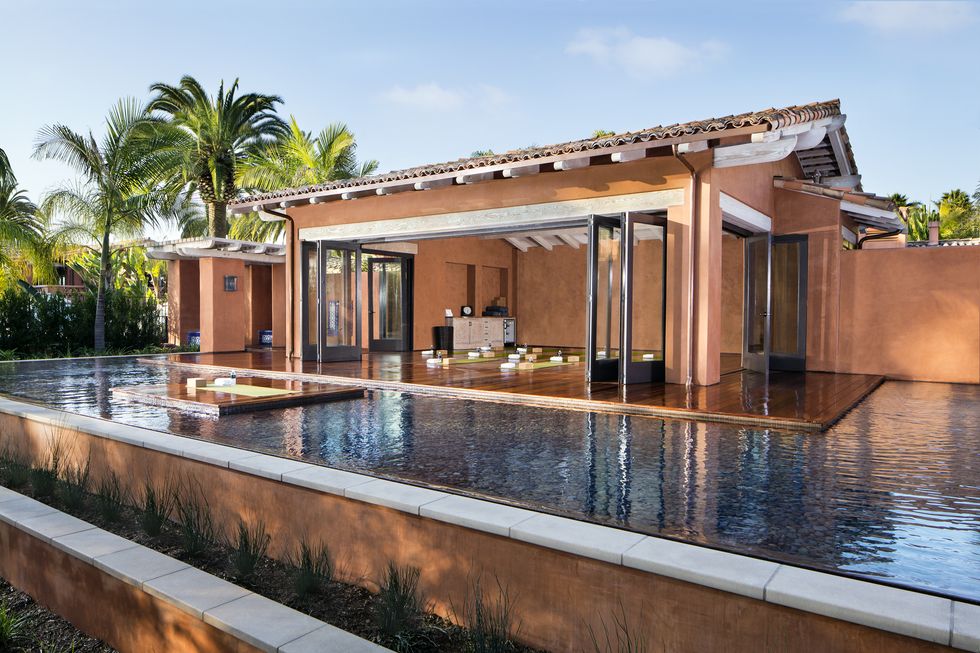
Spatial Arrangement
Intimate Spaces: Create cozy and intimate spaces within larger areas to provide guests with a variety of experiences
Flexible Spaces: Design spaces that can be adapted for different purposes and guest needs

Personalized Touches
Customized Furnishings: Invest in custom-made furniture and fixtures to distinguish the hotel from others
Personalized Details: Include small, thoughtful details that add a personal touch to the guest experience

Technology Integration
User-Friendly Technology: Integrate technology seamlessly into the design, focusing on userfriendly interfaces
Smart Automation: Implement smart automation for climate control, lighting, and entertainment
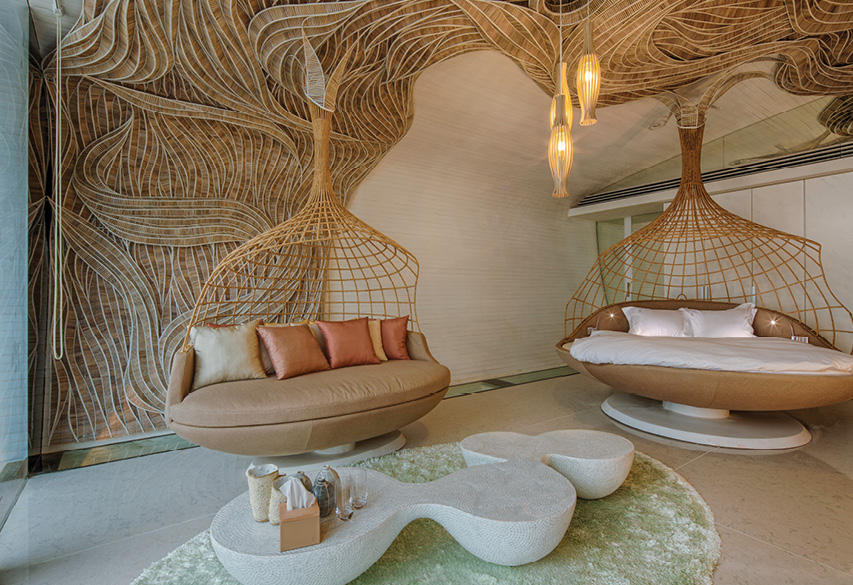
Sustainability
Green Design: Prioritize eco-friendly and sustainable design elements
Local and Recycled Materials: Use materials that are sourced locally or recycled to reduce the hotel's environmental impact
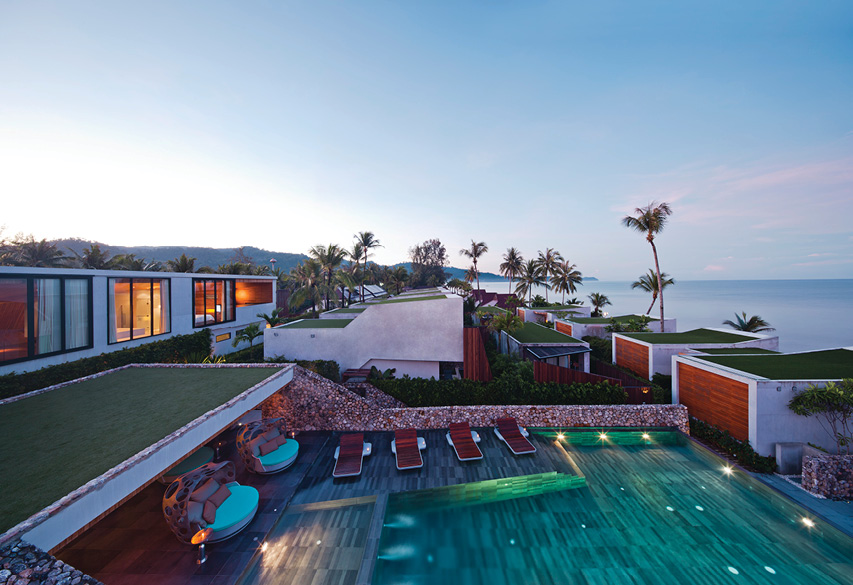
Flow and Circulation
Efficient Layout: Design a layout that ensures smooth traffic flow and easy navigation for guests
Transitional Spaces: Pay attention to transitional spaces like lobbies and corridors to maintain a consistent design experience
These principles, when applied thoughtfully, can contribute to a hotel's success in providing a memorable and enjoyable experience for guests. Keep in mind that trends may evolve, so it's crucial to balance timeless design elements with contemporary touches.










